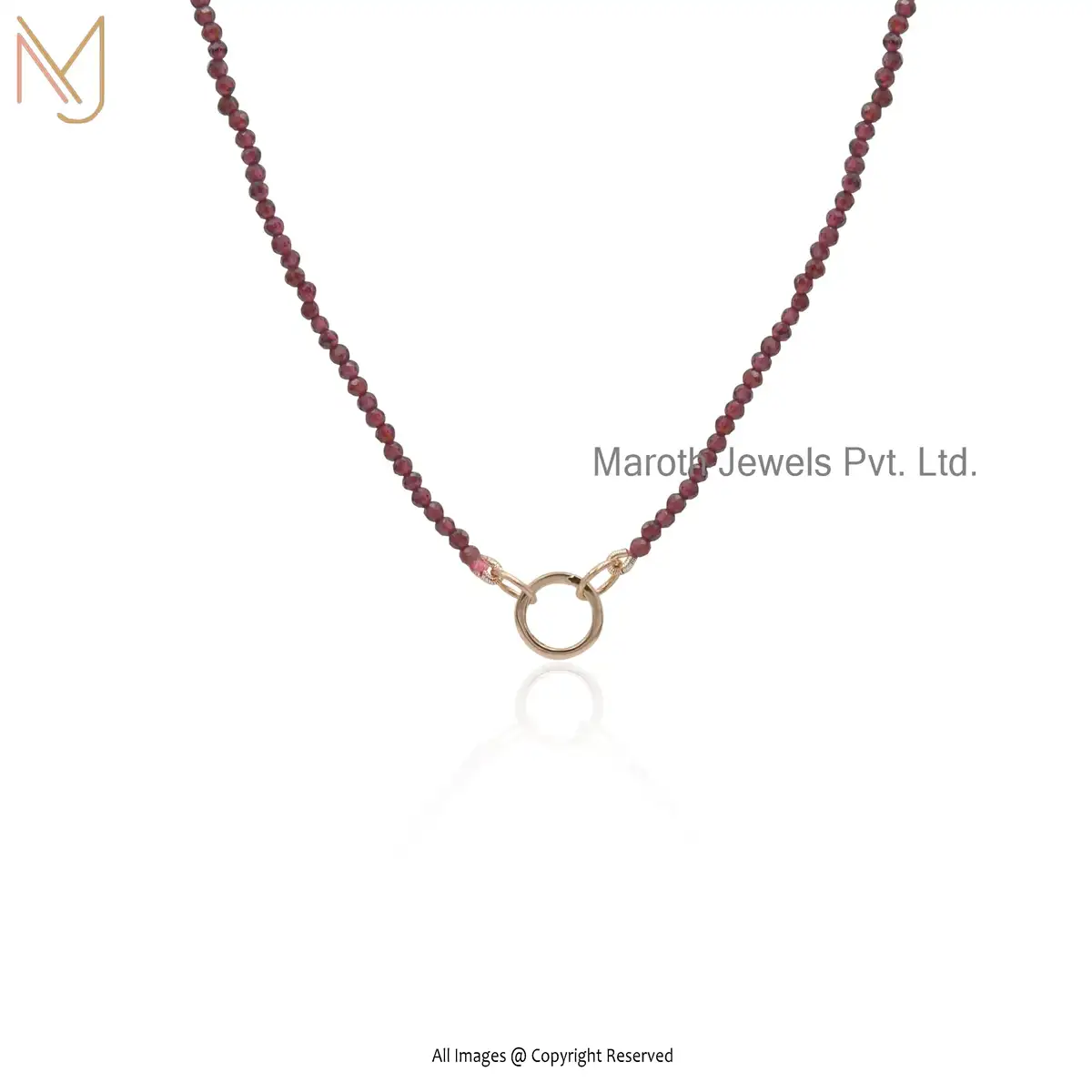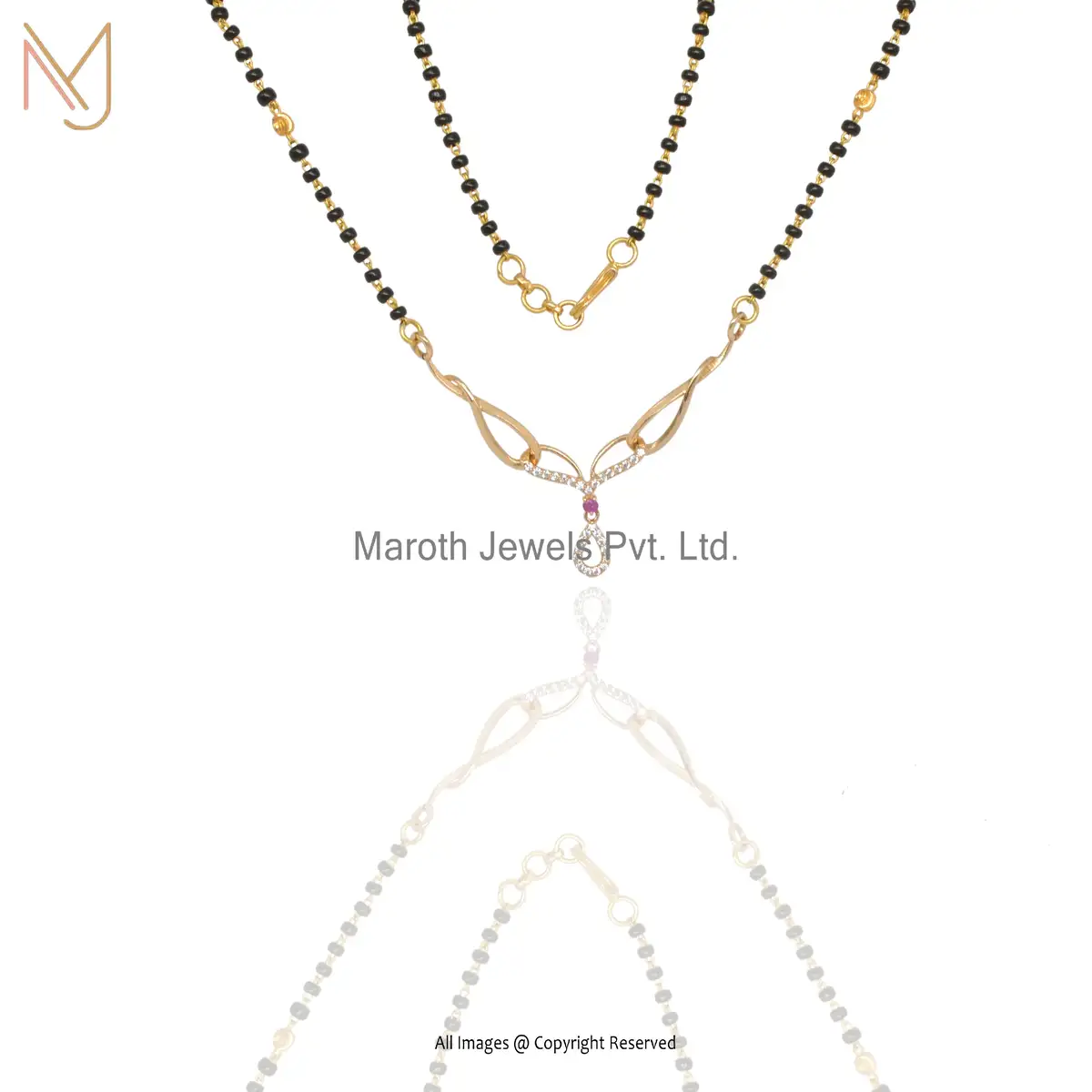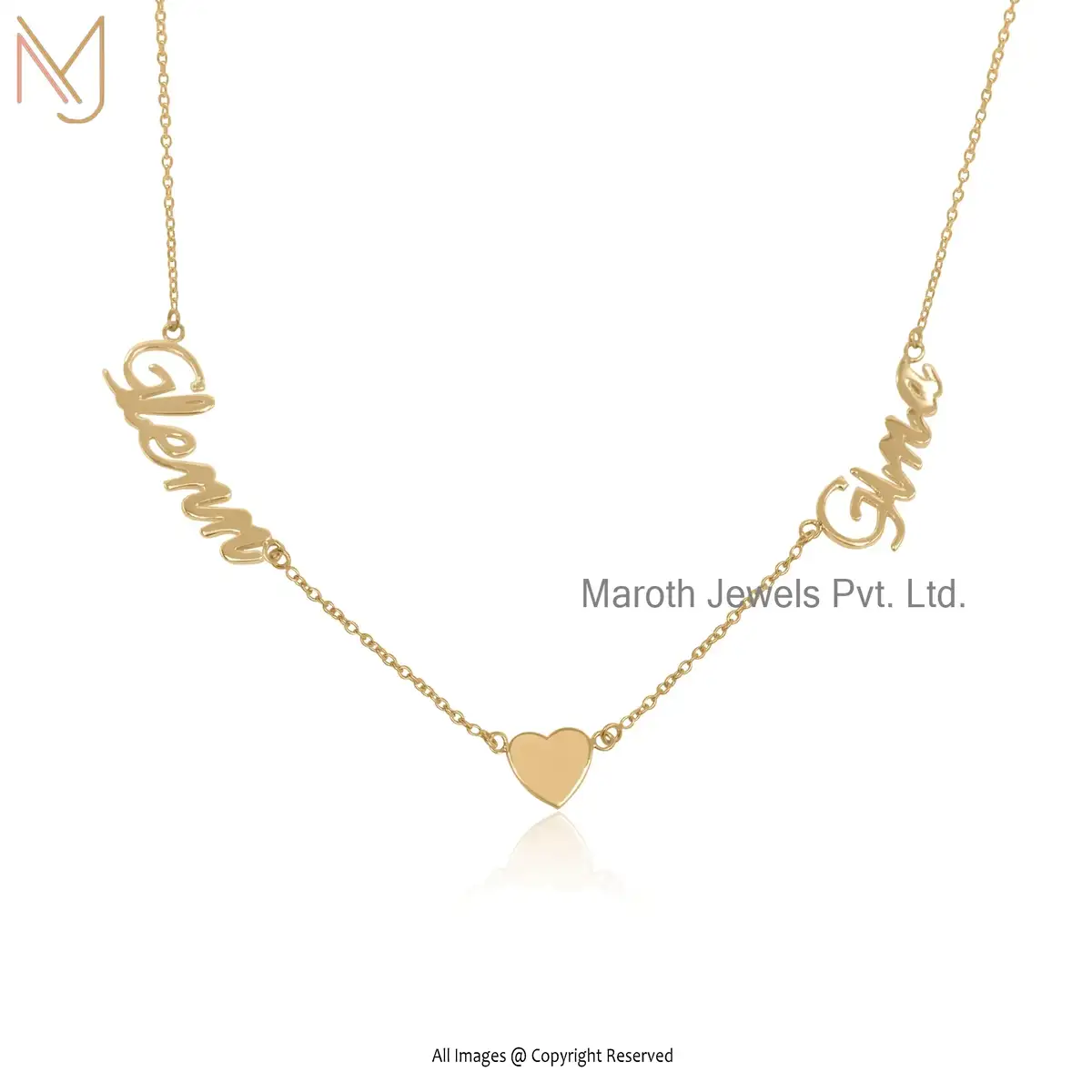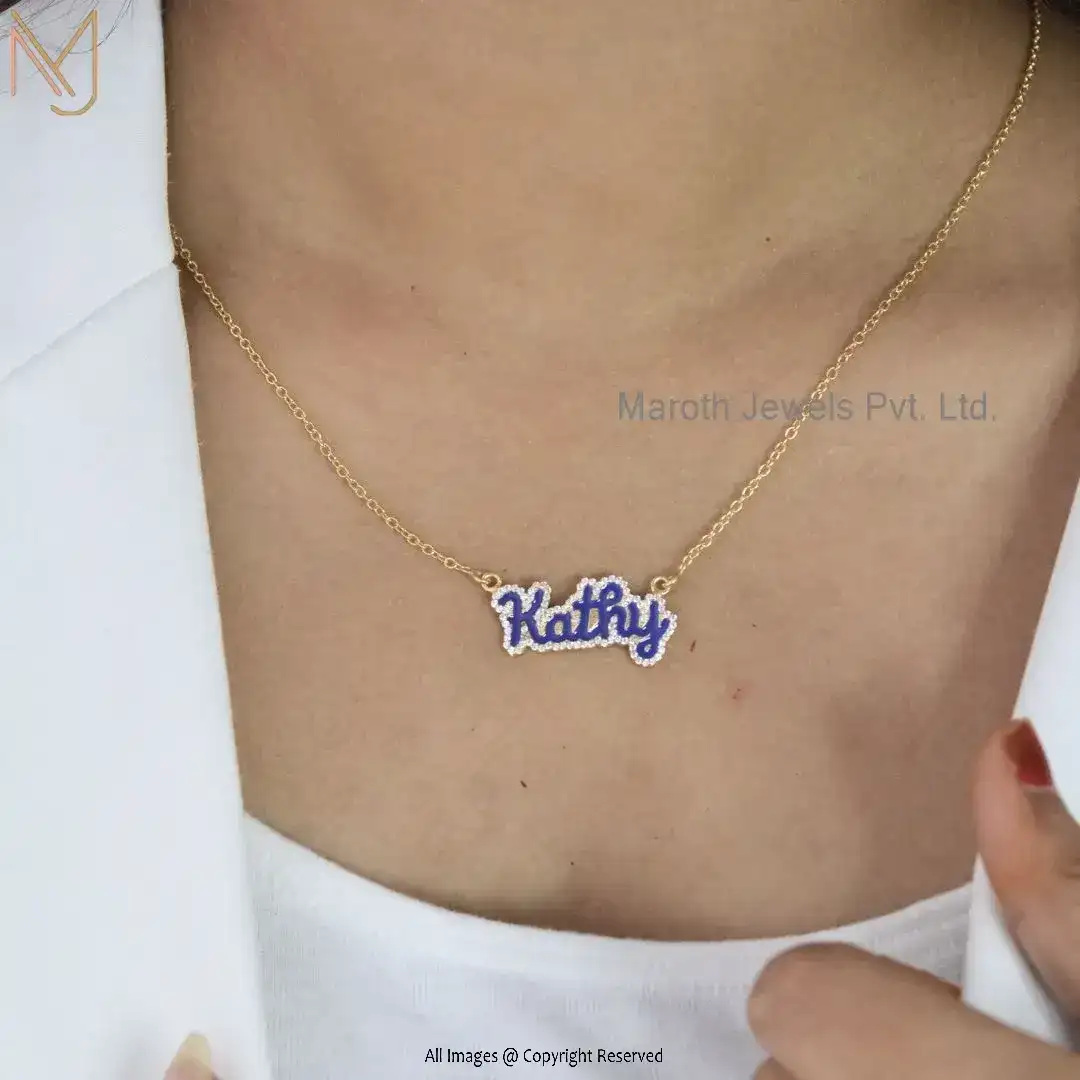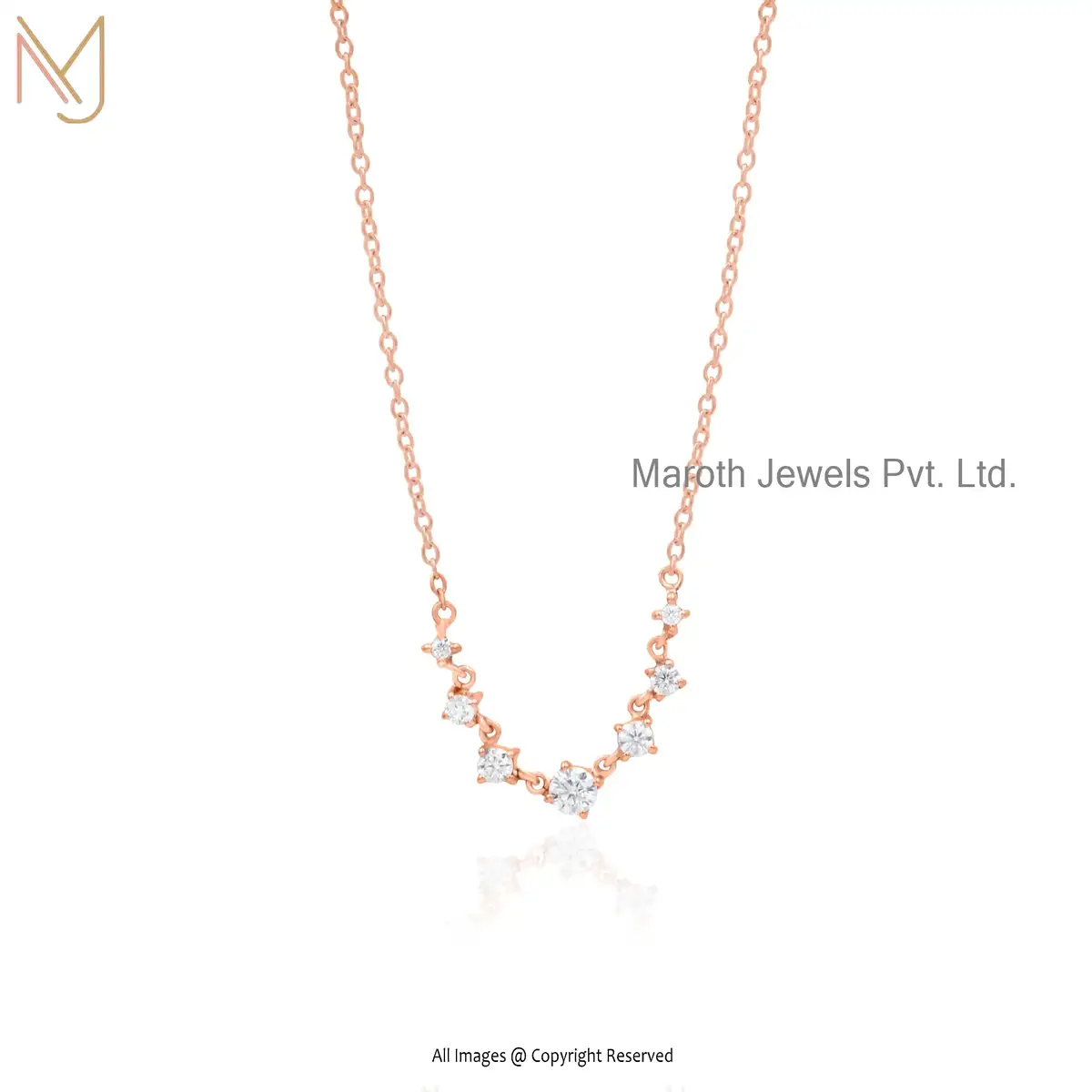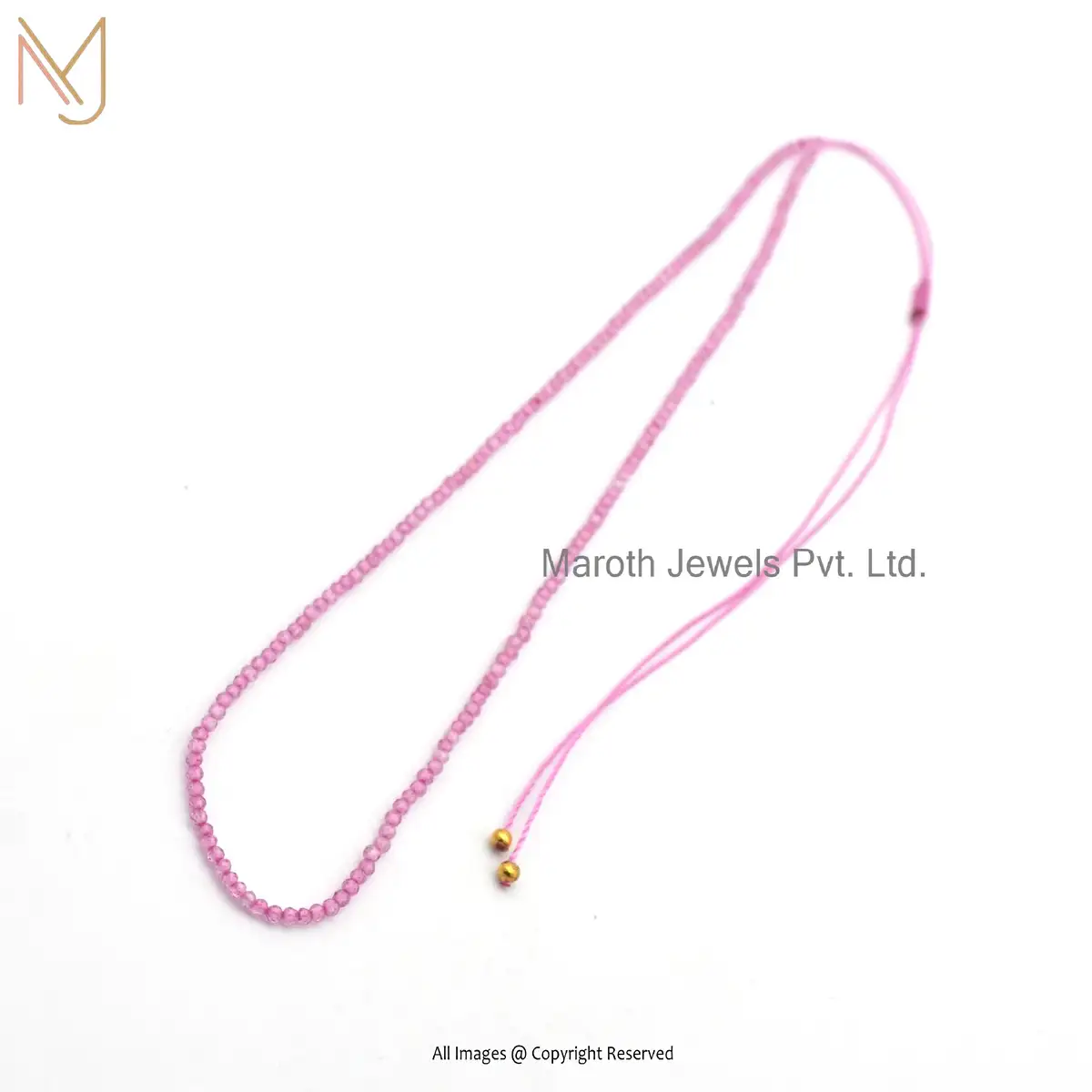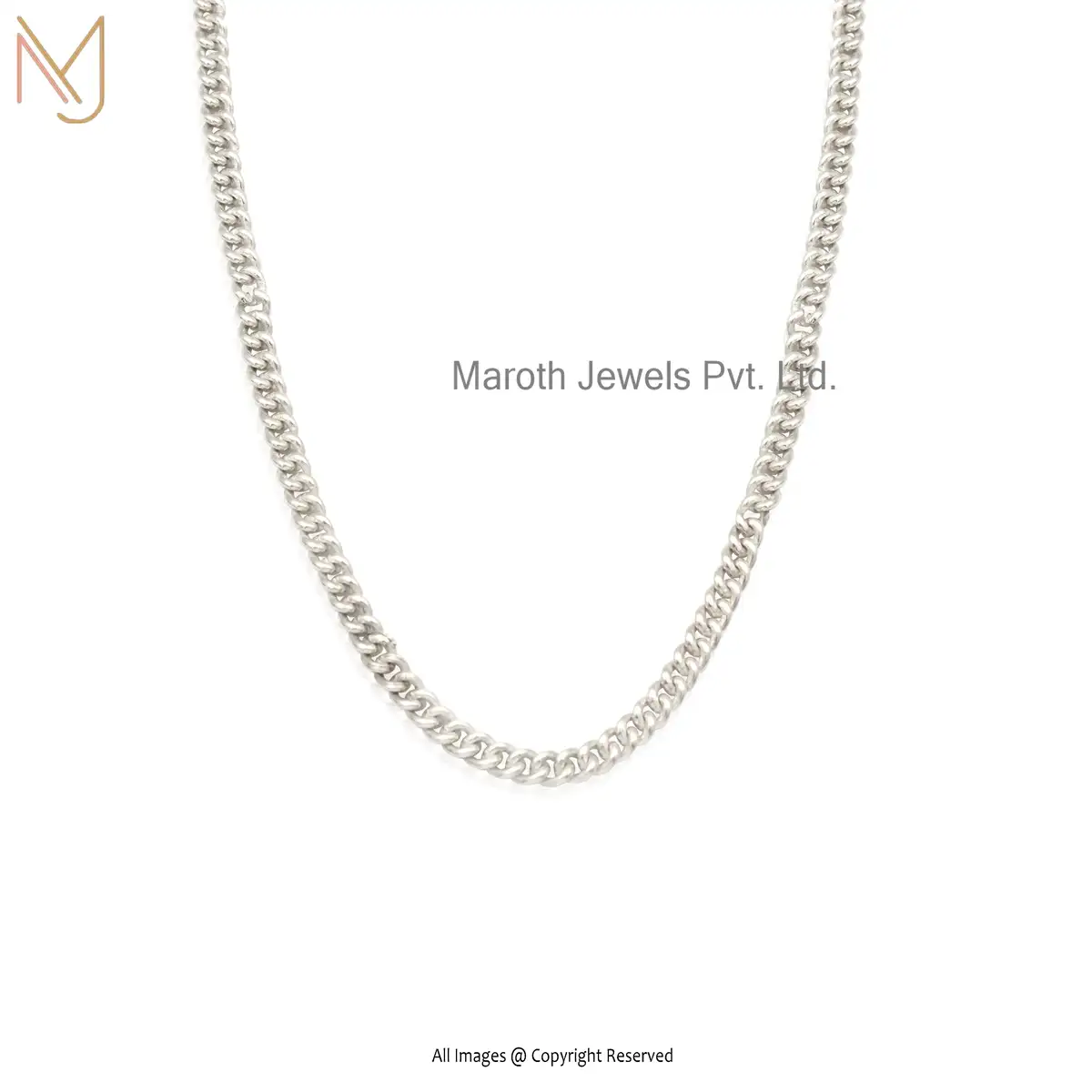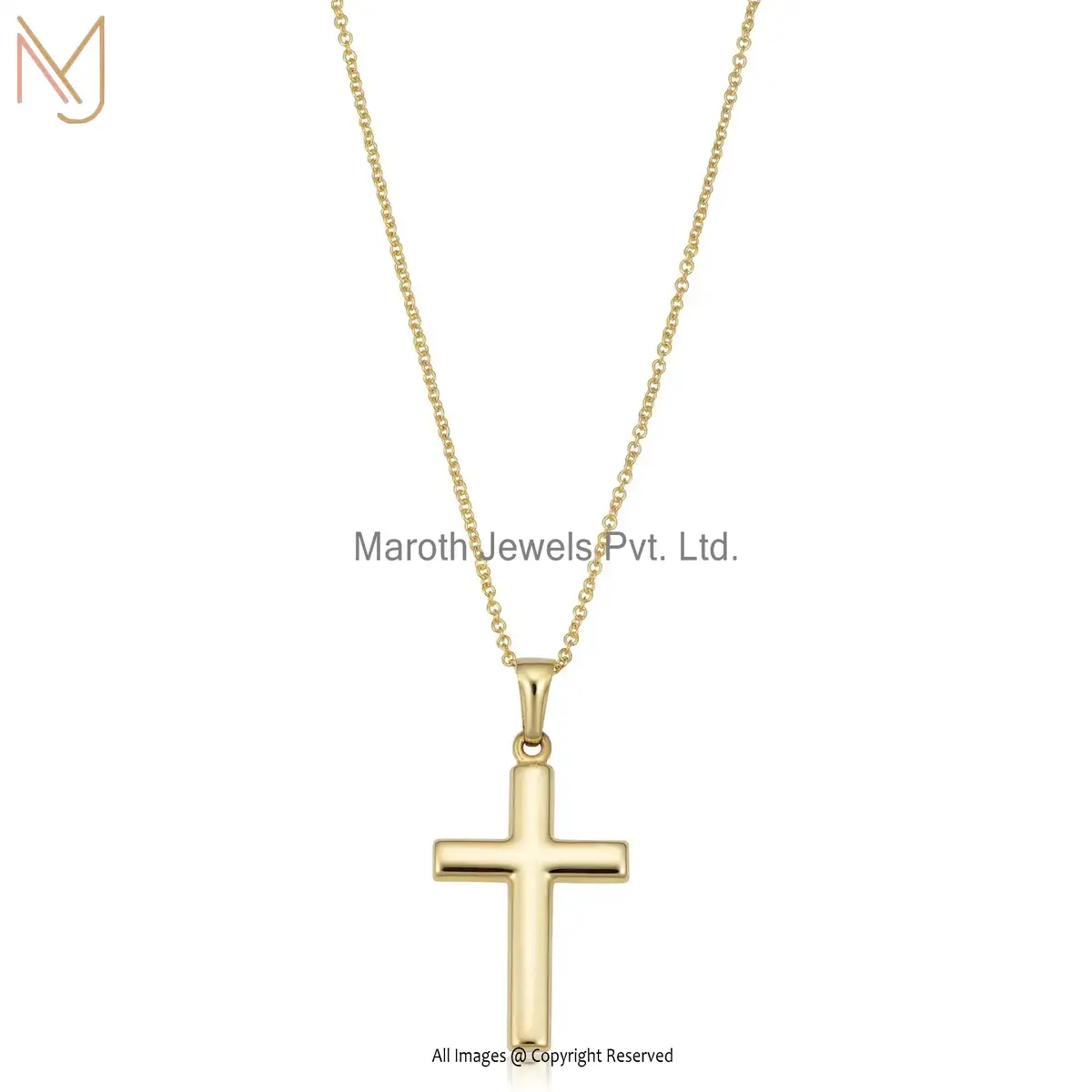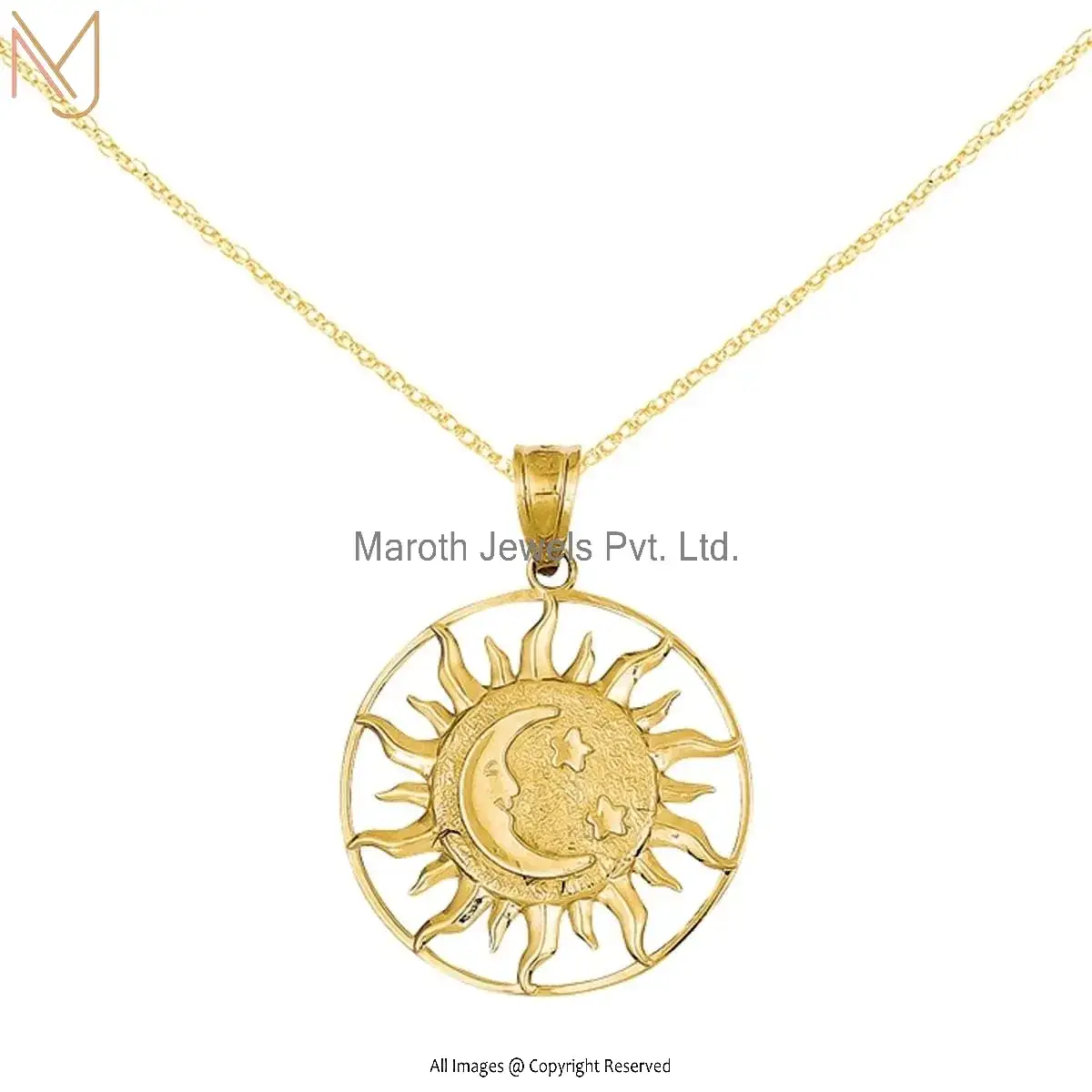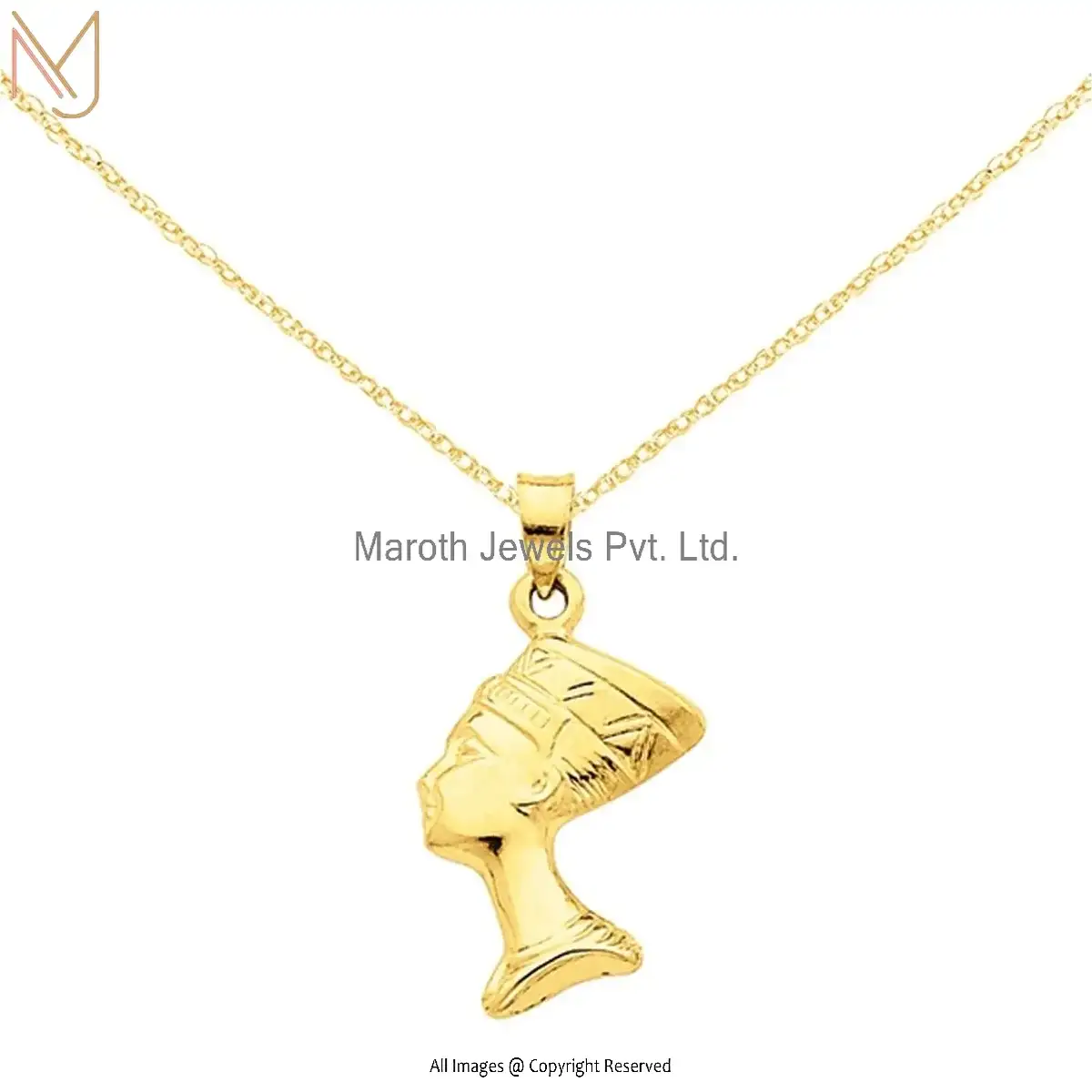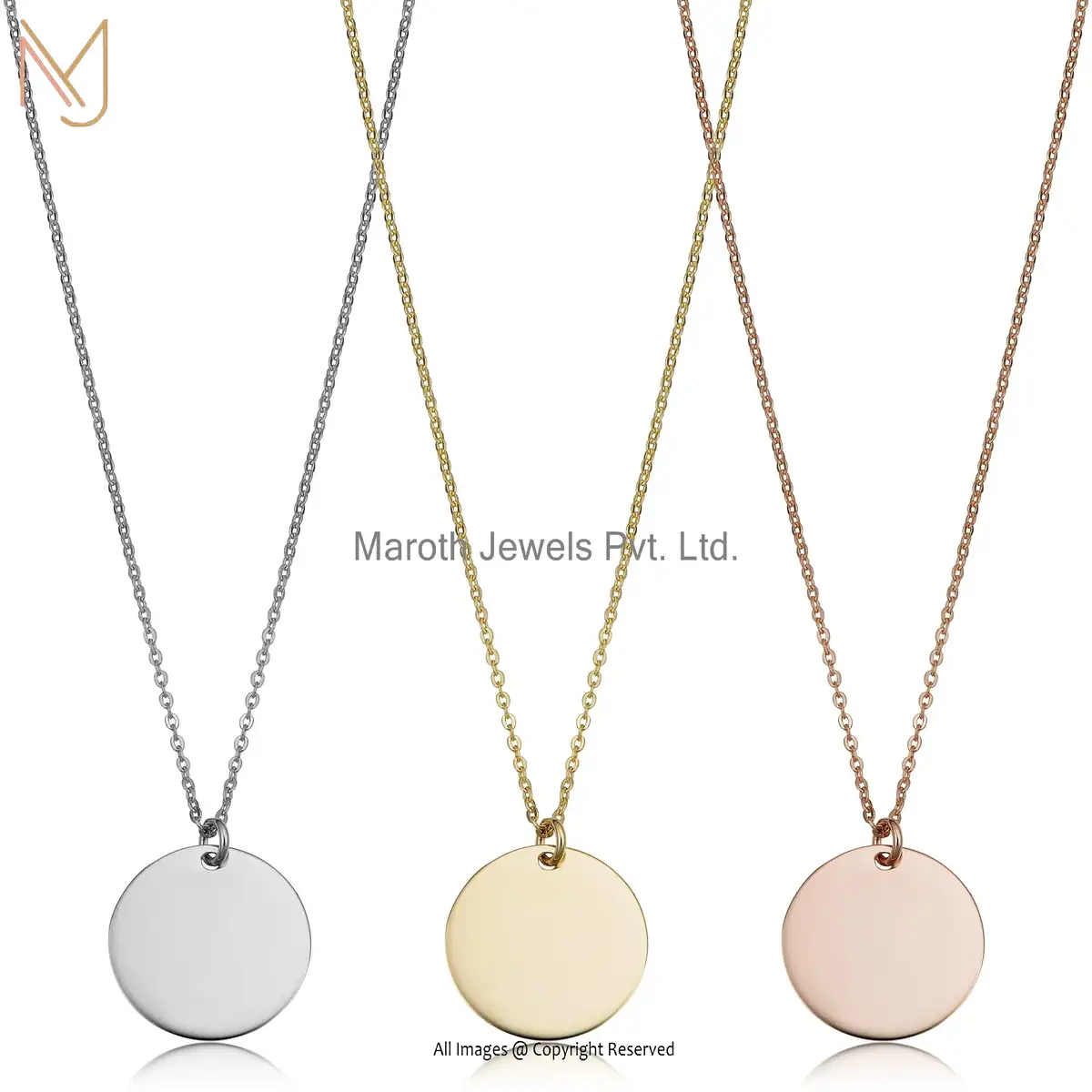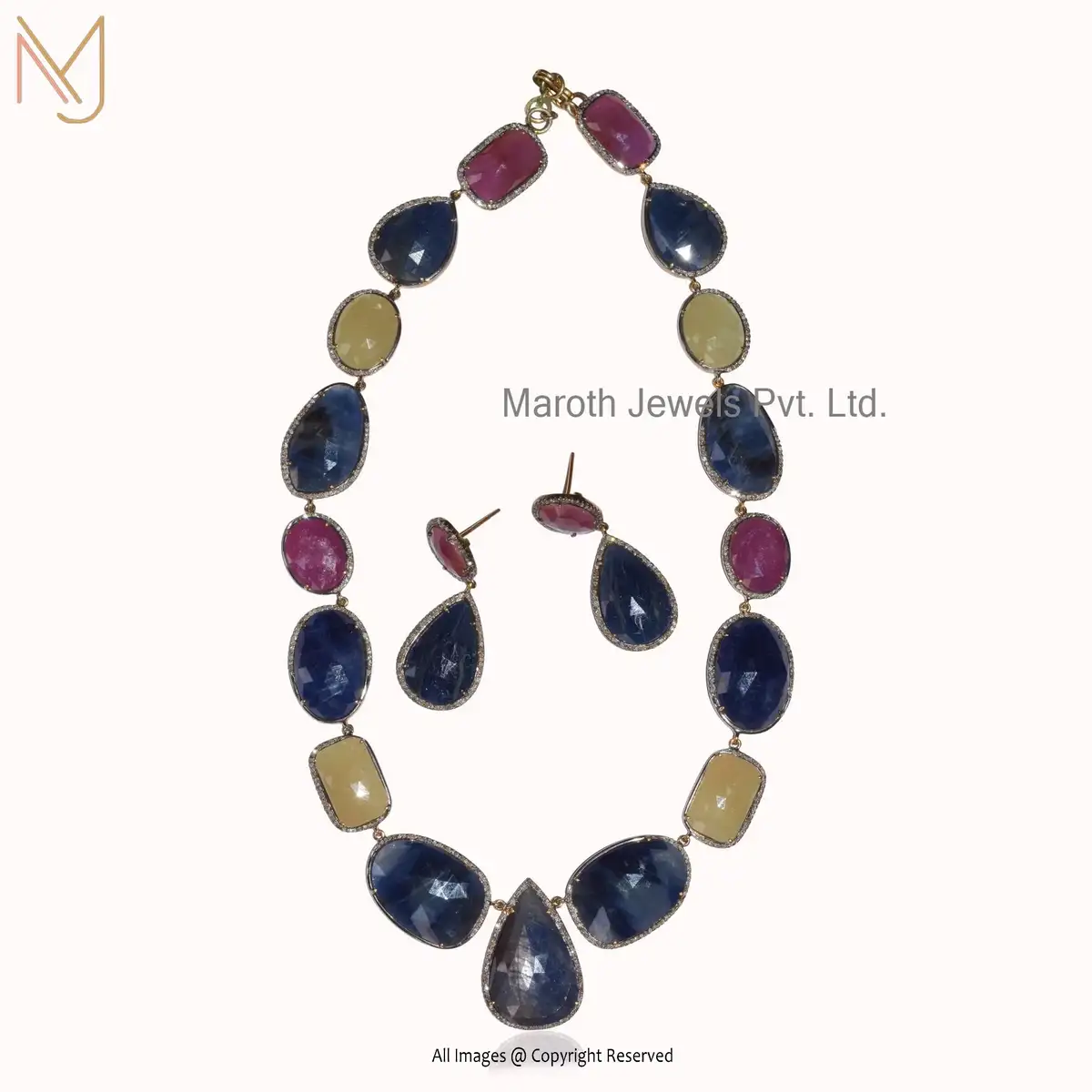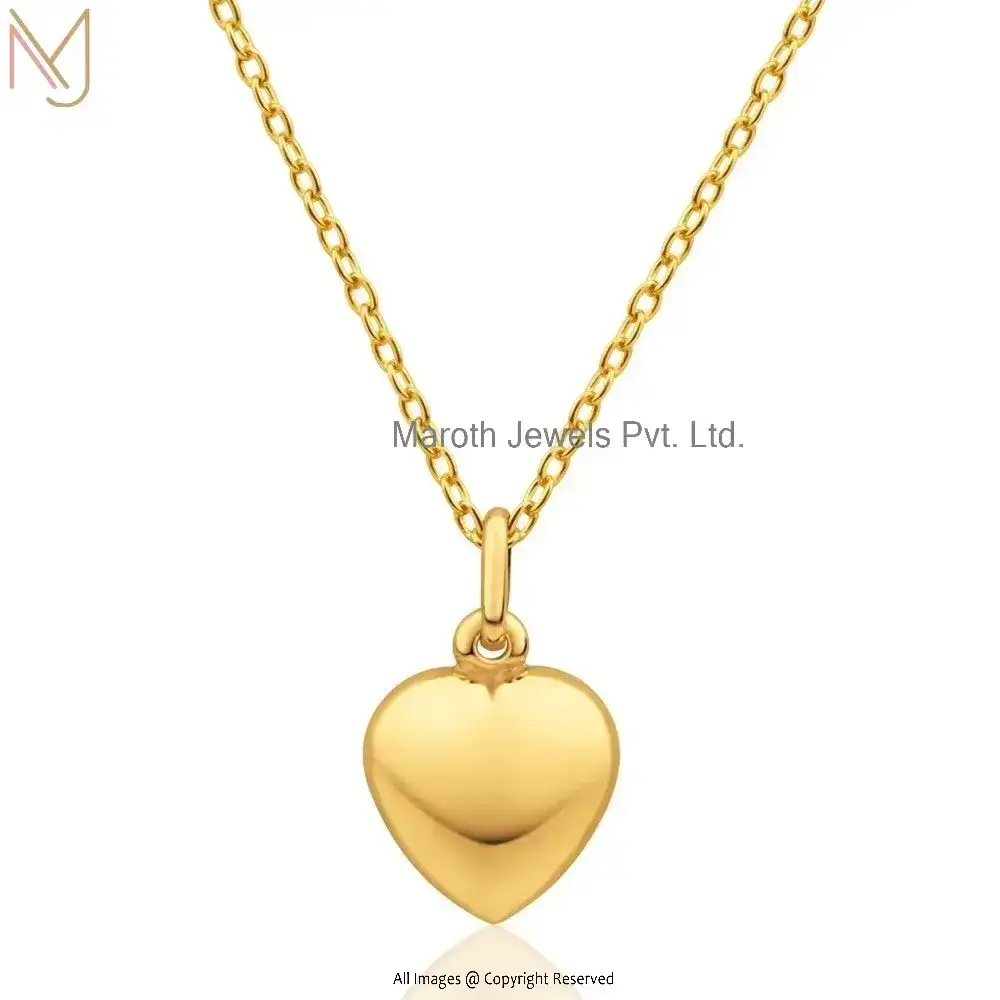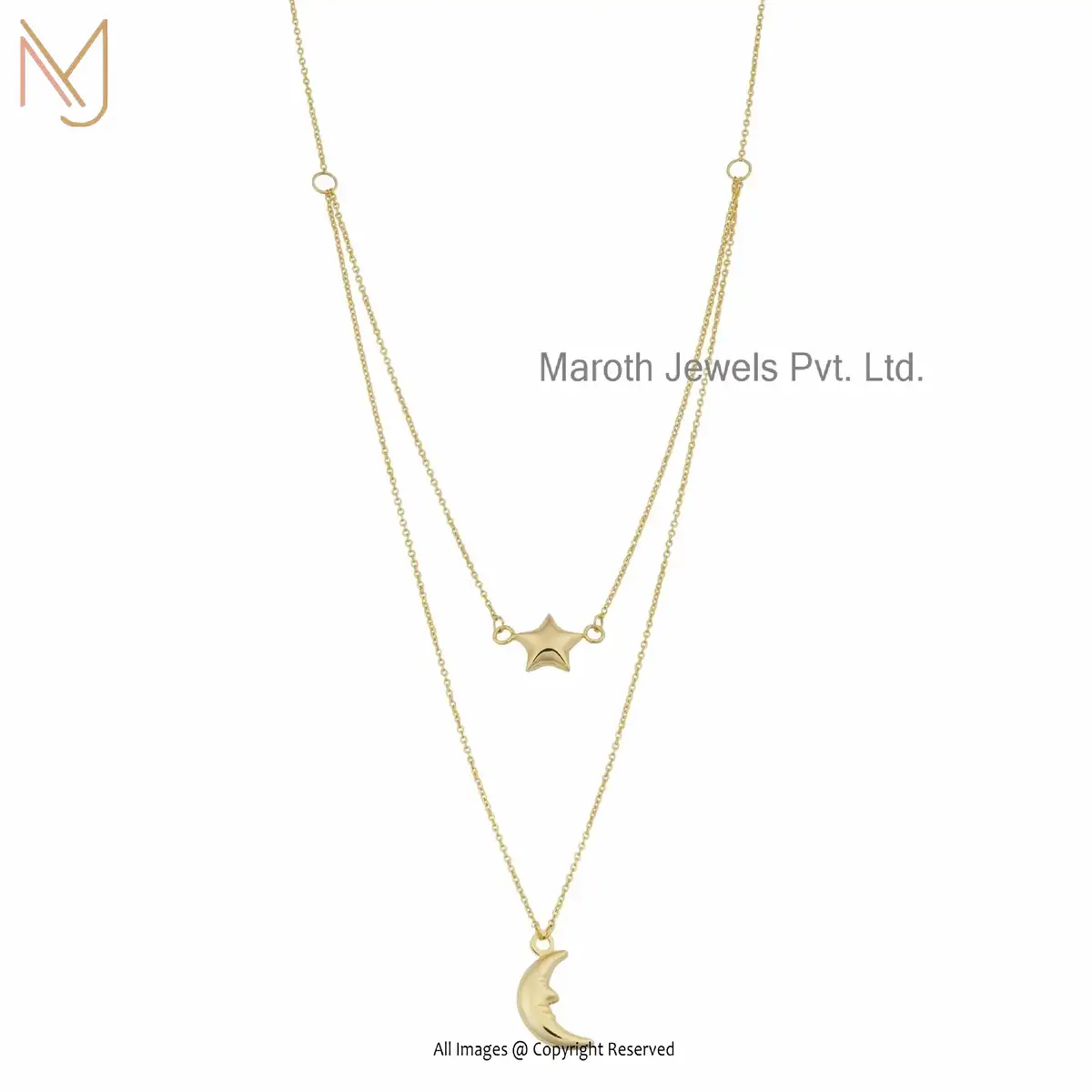What Crystals Should Not Get Wet?

What Crystals Should Not Get Wet?
Crystals are beautiful and powerful. They have various properties and benefits. However, not all crystals should come into contact with water. Some crystals can be damaged by water, losing their luster and energy. Knowing which crystals should not get wet is important. This helps you care for them properly and maintain their benefits. Proper care and knowledge are essential for preserving the integrity and effectiveness of your crystals.
Why Can’t Some Crystals Go in Water?
Some crystals are sensitive to water due to their composition. Water can cause them to dissolve, crack, or change color. Certain crystals have a hardness that makes them vulnerable to water damage. Water can also remove beneficial minerals from the surface. For example, water can cause the outer layers of a crystal to flake off, leading to structural damage. Some crystals contain metals that react negatively with water, potentially creating harmful substances. Understanding the sensitivity of these crystals helps you avoid damage and maintain their energy. Ensuring proper handling will keep your crystals in optimal condition.
VISIT FOR :: Custom Jewelry
What Crystals Are Water Safe?
Some crystals are safe to be in water. They have a high hardness and are not affected by water. Here are some water-safe crystals:
Clear Quartz: Durable and versatile.
Amethyst: Known for its calming properties.
Citrine: Stable and energizing.
Smoky Quartz: Grounding and protective.
Rose Quartz: Promotes love and peace.
Carnelian: Energizing and stabilizing.
Agate: Balancing and stabilizing.
Jasper: Nurturing and protective.
Aventurine: Calming and balancing.
Tiger’s Eye: Protective and grounding.
These crystals can be safely cleansed with water. They maintain their structure and energy when exposed to water.
How to Cleanse Crystals That Can’t Go in Water?
For water-sensitive crystals, use other cleansing methods. You can use sage smudging to cleanse them. Sound cleansing with a singing bowl is also effective. Another method is to place them on a bed of dry salt. These methods clean the crystals without risking water damage. Regularly cleanse these crystals to maintain their energy and effectiveness.
Is There a Way to Reverse Water Damage to a Crystal?
Reversing water damage to a crystal is difficult. Once a crystal is damaged by water, it may not fully recover. You can try drying it thoroughly. Use a soft cloth to gently clean it. Place it in a dry, safe place to rest. However, some damage may be permanent. In some cases, the crystal may regain some of its energy and luster, but it may never be the same.
What Crystals Should Not Get Wet?
Many crystals should be kept away from water. Here are some of the most common water-sensitive crystals and why they should not get wet:
#1. Selenite
Selenite is a delicate crystal. It has a low hardness and can easily dissolve in water. Water exposure can cause it to lose its structure and shine. Selenite should always be kept dry. Even minimal contact with water can cause noticeable damage. Selenite’s beauty and energy are best preserved when stored in a dry environment.
#2. Malachite
Malachite is a vibrant green crystal. It contains copper, which can react with water. This reaction can produce toxic substances. Malachite should never be exposed to water to avoid damage and potential health risks. Keeping Malachite dry ensures its vibrant color and protective properties remain intact.
#3. Halite
Halite, also known as rock salt, is highly soluble in water. Even a small amount of moisture can cause it to dissolve. Halite should be kept in a dry environment to maintain its structure. Halite is best displayed in a cool, dry place away from any potential moisture sources.
#4. Lapis Lazuli
Lapis Lazuli is a beautiful blue stone. It contains calcite and pyrite, which can be damaged by water. Water can cause Lapis Lazuli to lose its color and luster. Keeping it dry preserves its appearance and energy. Lapis Lazuli’s deep blue color is best maintained by avoiding water exposure.
VISIT FOR :: Gold Plated Jewelry Manufacturer, Wholesaler & Suppliers
#5. Fluorite
Fluorite is a colorful and popular crystal. It has a low hardness and can crack or dissolve in water. Water can also dull its vibrant colors. Fluorite should be kept away from water to maintain its beauty. Fluorite’s rich colors are best preserved through dry storage and handling.
#6. Lepidolite
Lepidolite is a mica mineral. It has a layered structure that can be damaged by water. Water can cause it to flake and lose its integrity. Keeping Lepidolite dry ensures it remains intact and energetic. Lepidolite’s calming energy is best preserved without water exposure.
#7. Gypsum
Gypsum is a soft mineral. It dissolves easily in water. Water exposure can cause Gypsum to lose its shape and strength. It should be stored in a dry place to preserve its properties. Gypsum’s gentle energy and structure are best maintained in a dry environment.
#8. Celestite
Celestite is a delicate blue crystal. It has a low hardness and can dissolve in water. Water can also cause it to crack and lose its beauty. Keeping Celestite dry maintains its appearance and energy. Celestite’s serene energy is best preserved through careful, dry handling.
#9. Apophyllite
Apophyllite is a fragile crystal. It has a high water content and can easily dissolve in water. Water can cause it to become brittle and break. Apophyllite should be kept dry to preserve its structure. Apophyllite’s clarity and energy are best maintained without water exposure.
#10. Calcite
Calcite is a common mineral. It has a low hardness and can dissolve in water. Water can also cause it to lose its color and luster. Keeping Calcite dry maintains its beauty and energy. Calcite’s vibrant appearance is best preserved through dry storage.
Caring for Your Water-Sensitive Crystals
Store water-sensitive crystals in a dry place. Avoid areas with high humidity. Use soft clothes to clean them gently. Keep them away from liquids. Regularly cleanse them using dry methods like sage or sound. This care maintains their beauty and energy. Proper storage and handling ensure that your crystals remain powerful and effective.
Conclusion
Understanding which crystals should not get wet is important. It helps you maintain their beauty and energy. Use alternative methods to cleanse and care for them. Proper care ensures your crystals remain powerful and vibrant. This knowledge helps you protect your crystal collection. Enjoy the benefits of well-maintained crystals. Taking care of your crystals preserves their effectiveness and enhances their beauty, allowing you to enjoy their full potential.
READ MORE :: What Crystals Should Not Be in the Sun?
Recent Posts
Related products
14K Yellow Gold Citrine Enhancer Beads Chain Manufacturer
14K Yellow Gold Initials Two Name Nameplate Necklace USA
14K Rose Gold Vermeil Script Enamel Nameplate Necklace Jewelry Manufacturer
14K Rose Gold Bling Script Enamel Nameplate Necklace Manufacturer
14K Yellow Gold Amir Cursive Letters With Cubic Zircon Necklace Jewelry Supplier
14K Rose Gold Moissanite Layering Chain Necklace Jewelry Manufacturer
14K Yellow Gold Pink Quartz Gemstone Beaded Thread Necklace Jewelry Manufacturer
14K Yellow Gold Multi Gemstone Puff Initial Necklace Manufacturer
14K White Gold Chain with Lobster Lock Necklace Jewelry Supplier
Private Label 14K Yellow Gold Filled 1 Inch Cross Necklace Jewelry
14K Yellow Gold Circle Disc Star & Moon Pendant Necklace Manufacturer
14K Yellow Gold Sun With Moon And Star Charm With Cable Rope Chain Jewelry Supplier
14K Yellow Gold 3-D Nefertiti Pendant With Cable Rope Chain Neaklase Manufacturer
14K Yellow Gold High Polish Round Disc Adjustable Necklace Manufacturer
14K Yellow Gold Cut-Out Letter Initial Square Tile Pendant Necklace USA
Wholesale 14K Yellow Gold Heart Pendant Chain Necklace Jewelry
14K Yellow Gold Moon And Star Layered Necklace Jewelry Supplier
Contact Us For Custom Jewelry
Please get in touch with us and share your ideas if you have personalized jewelry or are searching for a private label jewelry manufacturer. In accordance with your suggestions, we will make and present genuine jewelry.
Drop Us a Line
Scan QR Code
for immediate contact






















